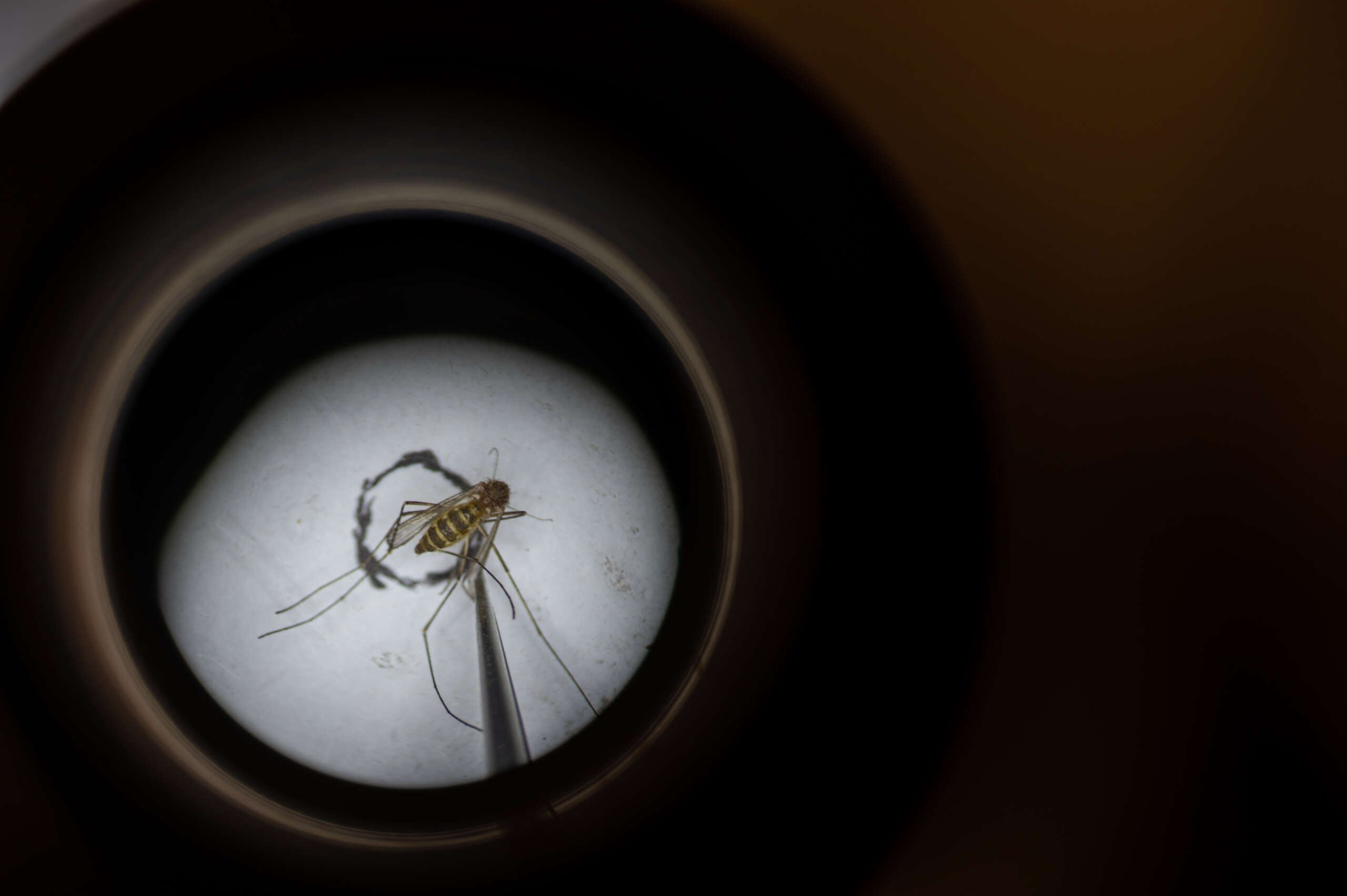lemme in
- 207 Posts
- 10 Comments

 3·27 days ago
3·27 days agoI don’t even have a smart tv, I don’t want anything other than my phone and laptop connected to the internet.

 2·1 month ago
2·1 month agoThat’s the problem there’s no common consensus from scientists. What is happening right now is similar to the scenario from The Day After Tomorrow, scientists debate and offer their theories.
from phys.org today
Not the day after tomorrow: Why we can’t predict the timing of climate tipping points
A study published in Science Advances reveals that uncertainties are currently too large to accurately predict exact tipping times for critical Earth system components like the Atlantic Meridional Overturning Circulation (AMOC), polar ice sheets, or tropical rainforests.
These tipping events, which might unfold in response to human-caused global warming, are characterized by rapid, irreversible climate changes with potentially catastrophic consequences. However, as the study shows, predicting when these events will occur is more difficult than previously thought.
Climate scientists from the Technical University of Munich (TUM) and the Potsdam Institute for Climate Impact Research (PIK) have identified three primary sources of uncertainty.
https://phys.org/news/2024-08-day-tomorrow-climate.html
Also as Rahmstof said.
“There’s now five papers, basically, that suggested it could well happen in this century, or even before the middle of the century,” Rahmstof said. “My overall assessment is now that the risk of us passing the tipping point in this century is probably even greater than 50%.”
While the advances in AMOC research have been swift and the models that try to predict its collapse have advanced at lightning speed, they are still not without issues.
This research gap means the predictions could underestimate how soon or fast a collapse would happen.

 1·2 months ago
1·2 months agoYou can create and set up telegram bots for your own use

 61·3 months ago
61·3 months agoAccording to this article, regarding Intel Alder Lake
Intel’s Thread Director technology is the key here. This hardware-based technology uses a trained AI model to identify different types of workloads at the chip level. It then provides that enhanced telemetry data to Windows 11 via a Performance Monitoring Unit (PMU) built into the chip. The operating system then uses that data to help assure that threads are scheduled to either the P- or E-cores in an optimized and intelligent manner.
However, while Windows 11 exploits Thread Director’s full feature set, Windows 10 does not. Due to optimizations for Intel’s Lakefield chips, Windows 10 is aware of hybrid topologies, meaning it knows the difference between the performance and efficiency of the different core types. Still, it doesn’t have access to the thread-specific telemetry provided by Intel’s hardware-based solution.
As a result, threads can and will land on the incorrect cores under some circumstances, which Intel says will result in run-to-run variability in benchmarks. It will also impact the chips during normal use, too. Intel says the difference amounts to a few percentage points of performance and that the chips still provide an “awesome” user experience. We’ll have to see how that works in the real world to assess the impact.
Intel also says that users can assign the priority of background tasks through the standard Windows settings, but these global settings apply to all programs. So it remains to be seen if that will have a meaningful impact on performance variability in Windows 10.
https://www.tomshardware.com/features/intel-shares-alder-lake-pricing-specs-and-gaming-performance/4
so, it’s still works but not optimized for some apps. Probably this will be the same with AMD’s latest CPU.

 1·3 months ago
1·3 months agoNO MEANS NO, MICROSOFT!
I don’t want sonething like Recall, Copilot, Notepad.AI, Paint.AI baked into the OS
They really want us to use Copilot AI, so that they can pushed more paying subscribers such as corpos and govts to use the service.
More money for microsucks, less jobs available to us
I’m glad it wasn’t us (lemmy users)
What do you mean? lemm.ee is blocking threads https://lemm.ee/instances
You can also check federation status of other fediverse instances with Threads












Organic Maps :
No Ads ✅
No Telemetry ✅
Google :
Does it make us money? ❌